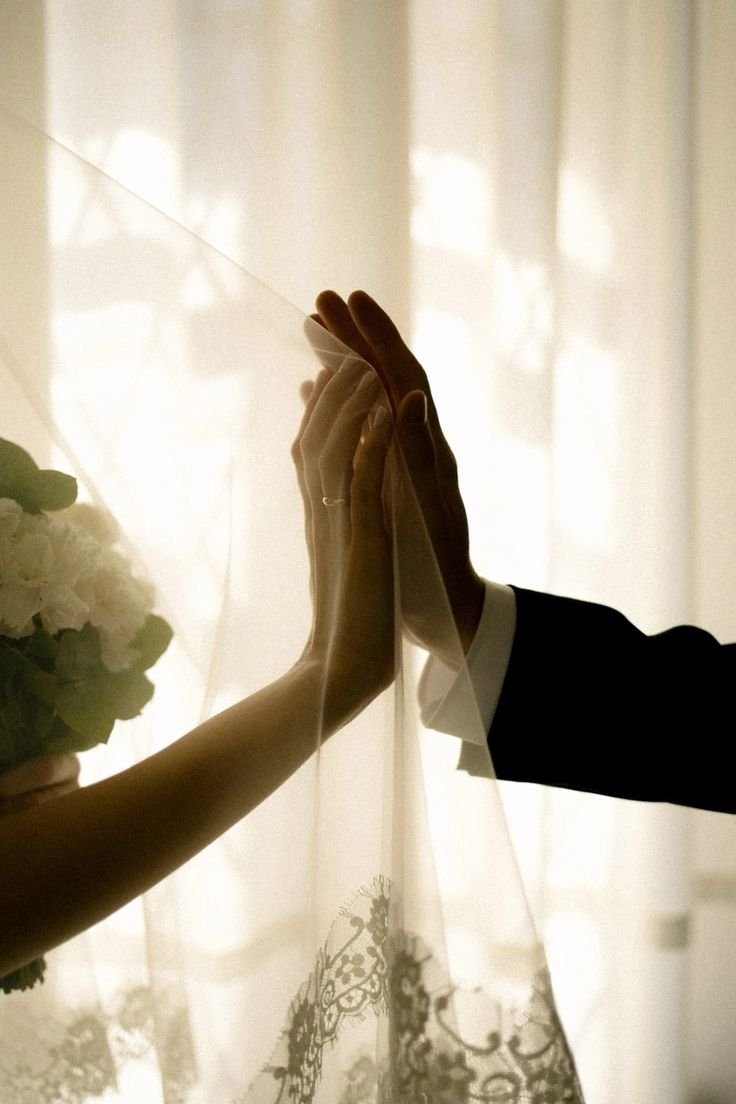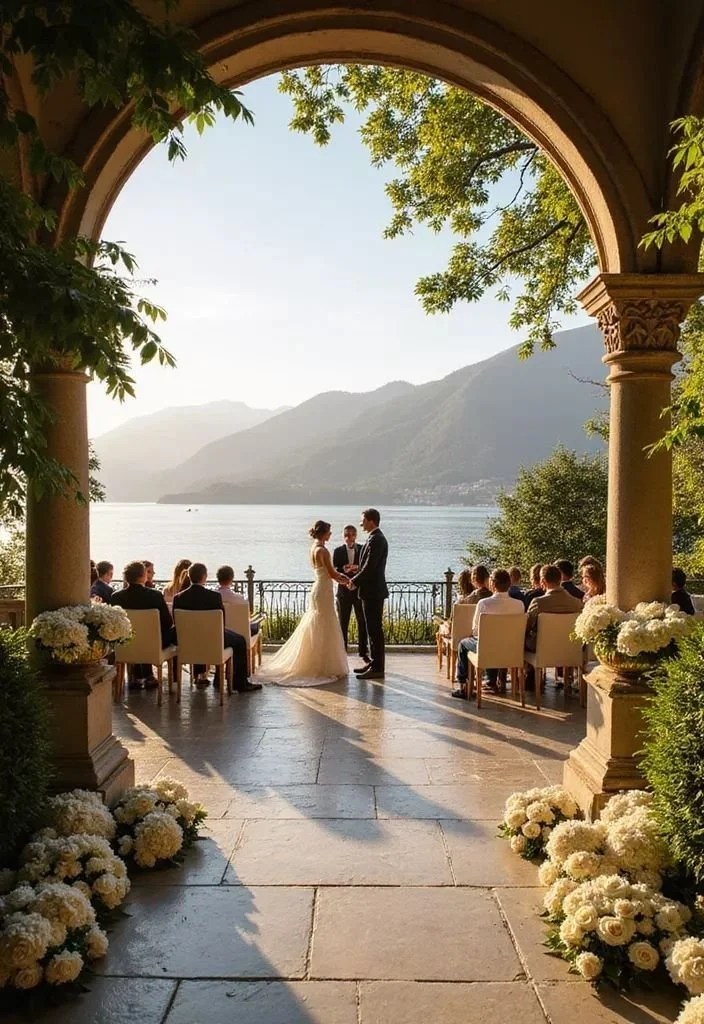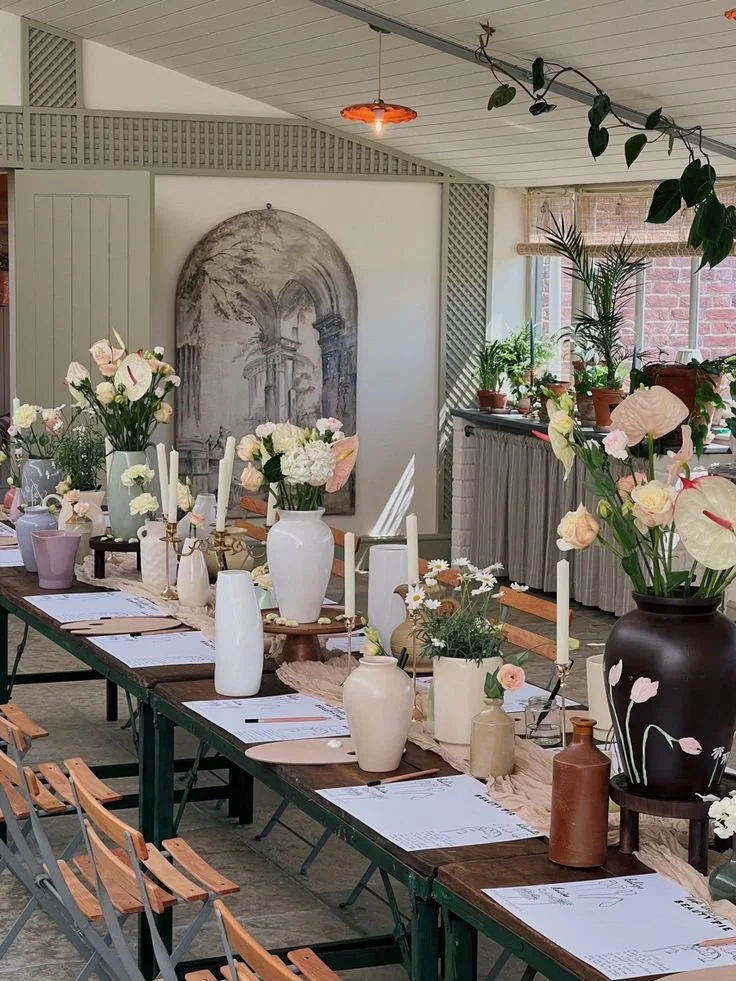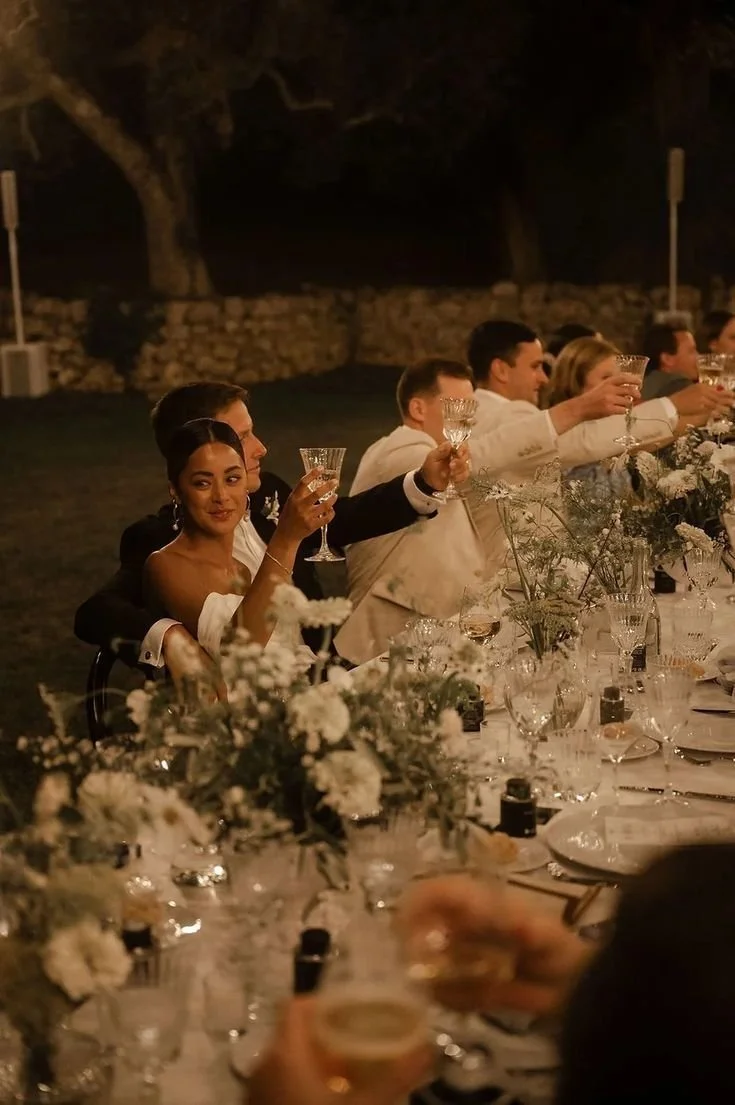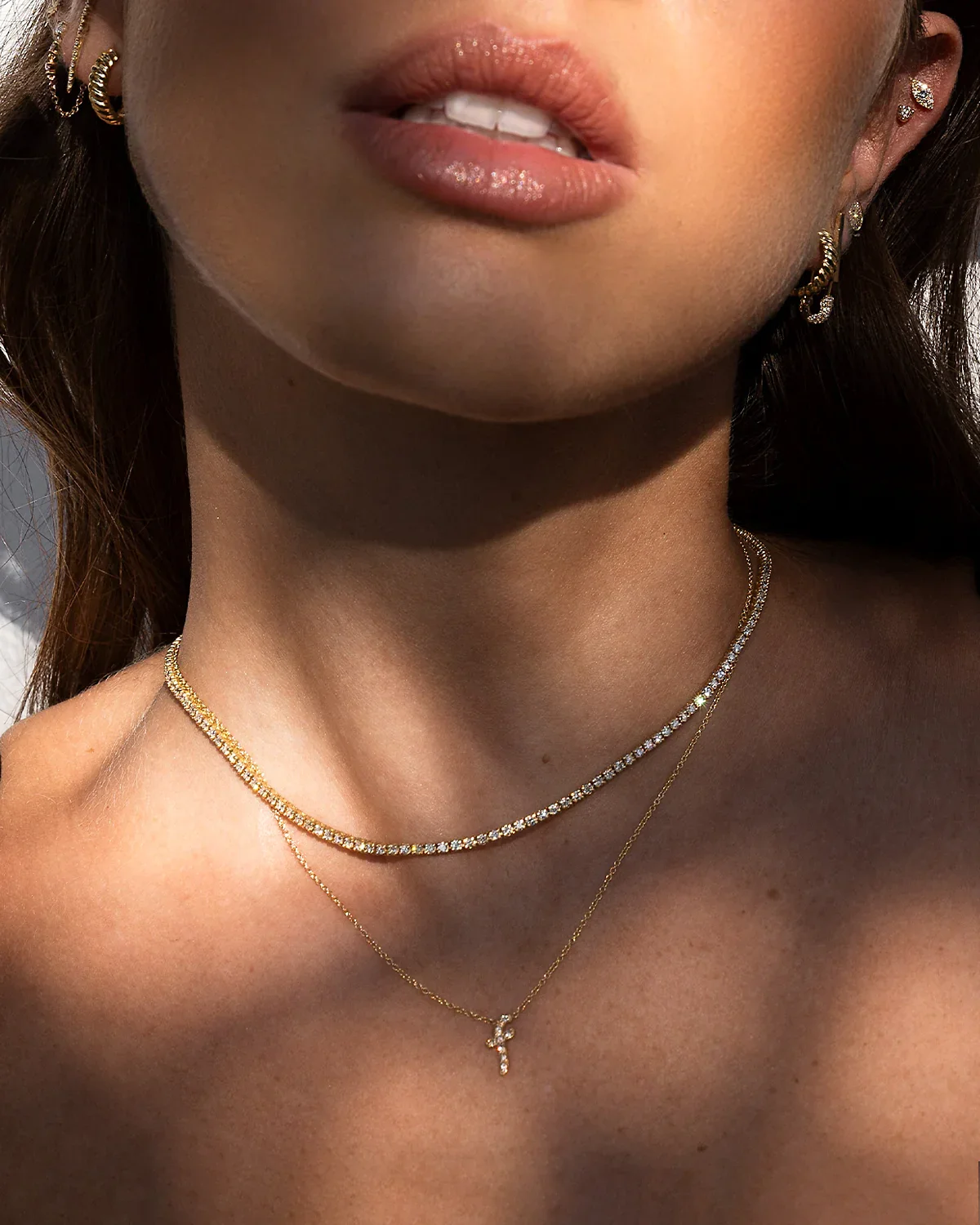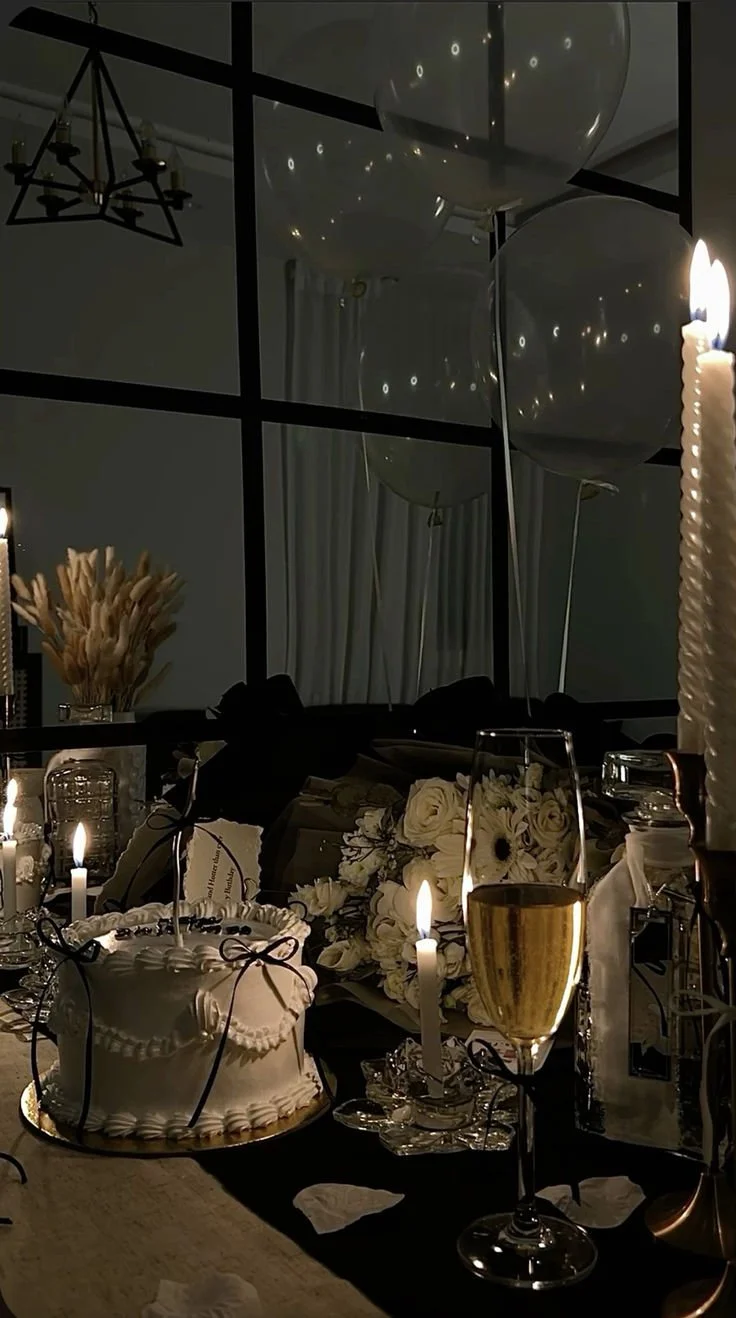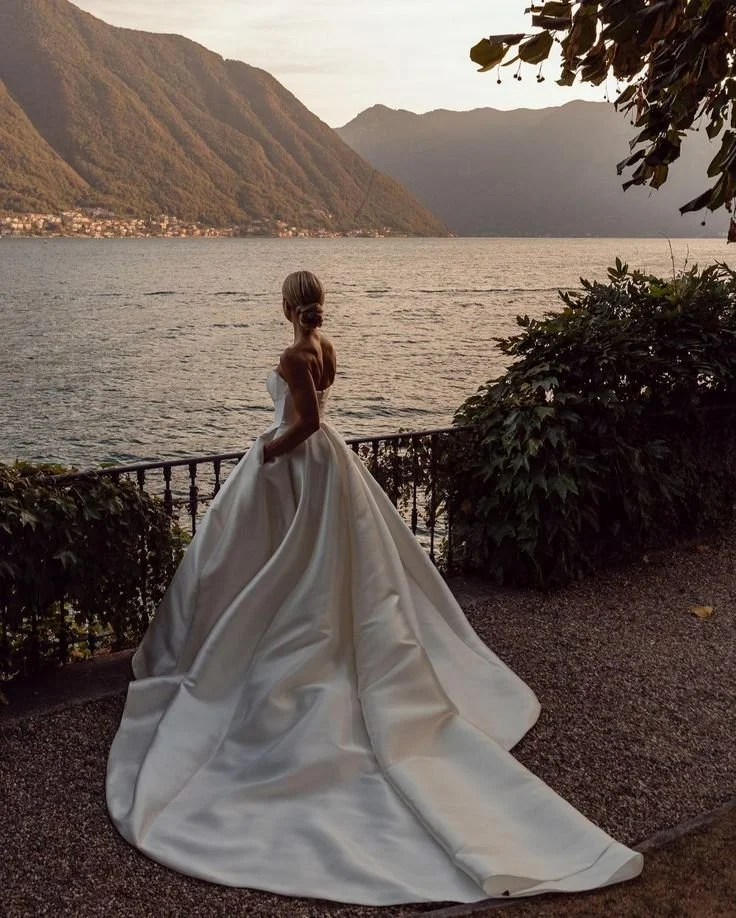The Evolution Of Wedding Bands: Historical Insights
Wedding bands have been around for thousands of years, symbolizing eternal love and commitment. But have you ever wondered about the origins of this tradition?
An exquisite ancient Roman wedding ring circa 2nd Century AD. This ancient wedding ring depicts the ceremony of joining hands at a marriage (dextratrum iunctio). A similar example is held in the British Museum (Museum item number 1917,0501.276).
In this article, we trace back history to discover the stories and traditions that laid the foundation for a timeless statement and symbol of love and loyalty through the ages.
No. 1
Ancient Civilizations: Egypt & Rome
Let's journey back to ancient Egypt, where the circle was seen as a symbol of eternity and never-ending love. The Egyptians pioneered the use of rings made from reeds, leather, ivory, or bone to represent this timeless bond.
Then came the ancient Romans, who put their spin on wedding rings. Initially, they used simple iron bands to signify ownership over their wives—not very romantic, we know! But as time went on, they realized gold rings made a more luxurious symbol of elite social status.
"The circle has no beginning and no end, making it the ideal symbol for everlasting devotion."
Robert E. Lee
No. 2
Medieval to Renaissance Developments
As we move into the Middle Ages, the Catholic Church stepped in and sanctified the use of wedding bands in marriage ceremonies. This marked wedding rings becoming an indispensable part of religious rituals and solidifying their sacred meaning.
During the Renaissance period, couples got creative by engraving personalized inscriptions on their wedding bands. Poems, loving declarations, even inside jokes—the bands became mini love letters to cherish forever.
For couples looking to continue this tradition today, there are many options for matching wedding bands that can be personalized with engravings or designs.
No. 3
Material Evolution and Socioeconomic Impacts
Speaking of materials, the shift from iron to gold for wedding bands signified much more than just a change in metal. As societies accumulated more wealth, gold bands flaunted higher social status and affluence.
The style and materials used often varied widely based on social class:
Upper Class: Intricate gold bands, sometimes with gemstone embellishments
Middle Class: Simple gold bands without extra decoration
Lower Class: Still using traditional iron or other base metals
A couple's wedding band undoubtedly spoke volumes about their economic standing.
No. 4
19th Century Innovations
The 1800s shook up the wedding band game with some brilliant innovations. It all started with the colossal diamond discoveries in South Africa that made the ultra-rare gemstones much more accessible.
All of a sudden, diamond rings took over as the hottest new symbols of eternal love and commitment. If a diamond is forever, what better way to represent your marriage?
Meanwhile, the art and jewelry worlds embraced the Victorian and Art Nouveau design movements. These intricate aesthetics seeped into wedding band designs through:
Floral patterns and nature-inspired motifs
Intertwined knots and woven details
Culturally symbolic shapes and figures
Bands morphed from plain rings into extravagant masterpieces!
As you can see, the economic impact has been massive! While $5 could buy a beautiful band in the 1800s, today's couples must budget much more for their modern tokens of love.
No. 5
The Modern Era and Latest Trends
The two World Wars brought wedding band designs back to basics out of necessity. With precious metals in short supply, simple bands without diamonds or embellishments became the temporary norm.
But in recent decades, wedding band trends have thrived with:
Alternative metals like platinum, titanium, and tungsten carbide
Recycled or ethically sourced materials for sustainability
Custom laser-engraved messages or fingerprint etchings
Unconventional shapes besides the traditional circular style
High-tech machining for intricately patterned designs
Some couples have even explored silicone rings for active lifestyles or symbolic ceramic bands. The possibilities are endless.
CAD (computer-aided design) software and 3D printing now allow for ultra-personalized, made-to-order bands tailored to each couple's unique love story. Jewelry experts predict these high-tech customization capabilities will only keep expanding.
No. 6
Cultural Variations in Wedding Bands
While love is universal, wedding band traditions and meanings vary wildly across cultures around the globe. These unique symbols offer a dazzling window into the world's tapestry of love and heritage.
Antiquity's Eternal Circles
In the ancient world, the simple circle spoke volumes. To Egyptians, a ring of humble reeds, leather, bone, or ivory represented eternal, never-ending devotion. They even believed the "vena amoris"—the vein of love—ran directly from the fourth finger of the left hand to the heart.
The Romans had a more...pragmatic start, using plain iron bands to signify ownership over wives. But they too soon adopted gold rings as luxurious status symbols among the elite. Leaving their permanent mark, the Romans popularized the iconic "fede" motif—two hands clasped together, capturing the vows and joining of a couple.
Diverse Cultural Meanings
Many Hindu weddings forego rings in favor of other symbolic traditions. The bride dons a sacred Mangalsutra necklace of gold and black beads after marriage, signifying divine protection over her new union. Traditional Hindu toe rings are thought to aid fertility and regulate cycles.
In Eastern Orthodox ceremonies, wedding rings are usually worn on the right hand rather than the left. Some Eastern European nations like Russia feature breathtaking tricolor "rolling rings"—three interconnected bands of rose, white, and yellow gold representing the Holy Trinity or couple's eternal past, present, and future.
The iconic Claddagh from Celtic lore incorporates two hands holding a heart, crowned in love—symbolizing the pillars of friendship, love, and loyalty in a relationship.
Modern Interpretations
In South Africa, lavish diamond-studded rings remain popular status symbols, with affluent couples aiming to showcase their wealth and elite status through the grandeur of the wedding band.
On the other end of the spectrum, minimalist yellow gold bands without embellishments are preferred in many Eastern cultures, ensuring the sacred marriage itself remains the focal point within family traditions.
Yet even as our world shrinks through globalization, couples worldwide still cherish their unique ancestral customs and uphold the symbolic meanings woven into wedding bands over generations.
Whether an intricate Celtic love knot, blinged-out status piece, or simple unadorned circle, these rings offer a brilliant kaleidoscope into the world's vibrant tapestry of love and heritage behind each eternal "I do."
Takeaways: Timeless Love, Endless Inspiration
From ancient ivory circles to cutting-edge 3D printed designs, wedding bands have captivated human cultures for ages. Their constant evolution is a sparkling reflection of humanity's boundless creativity when celebrating eternal love and commitment.
So whether you prefer a minimalist band with centuries of cultural meaning or a dazzling, custom-crafted piece of modern art, may your wedding ring symbolize a love story for the ages.
FAQ
How have wedding bands' designs changed due to technological advancements?
Cutting-edge technologies like CAD software, laser engraving, and 3D printing have revolutionized wedding bands by enabling ultra-precise, intricate designs and personalized customizations that were unimaginable before. These tools have empowered couples to craft bands that truly represent their unique love stories.
Why are diamonds predominantly used in wedding bands, and are there any alternatives gaining popularity?
Diamonds grew popular after the South African mine discoveries made them more accessible in the 1800s. Their brilliant fire and "forever" quality resonated as everlasting love symbols. However, some contemporary couples opt for birthstones, colored gemstones, or recycled diamonds as ethical, meaningful alternatives.
What are the most significant cultural differences in wedding band traditions around the world?
In many Eastern cultures, wedding bands are simple, unembellished bands that avoid distracting from the sacred marital bond. Meanwhile, Western bands often incorporate gemstones and intricate designs that reflect the couple's style. But global influences have certainly blended these traditions too.




